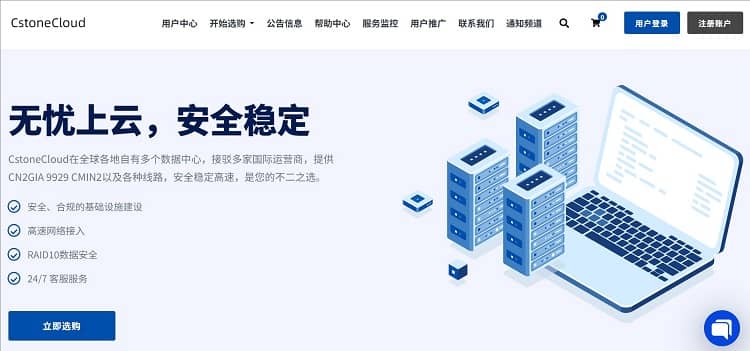在 Kotlin 中,策略模式(Strategy Pattern)是一种行为设计模式,它允许你在运行时选择算法的行为。策略模式定义了一系列算法,并将每个算法封装起来,使它们可以互换。策略模式使得算法独立于使用它的客户端。
以下是在 Kotlin 中使用策略模式的步骤:
- 定义策略接口:首先,你需要定义一个接口,该接口将包含所有支持的算法的公共方法。
interface Strategy {
fun execute(): String
}
- 实现具体策略:接下来,为每个算法创建一个类,这些类将实现上面定义的接口。
class AlgorithmA : Strategy {
override fun execute(): String {
return "Algorithm A executed"
}
}
class AlgorithmB : Strategy {
override fun execute(): String {
return "Algorithm B executed"
}
}
- 创建上下文类:创建一个类,该类将使用策略接口作为参数,并允许客户端设置要使用的具体策略。
class Context(private var strategy: Strategy) {
fun setStrategy(strategy: Strategy) {
this.strategy = strategy
}
fun executeStrategy(): String {
return strategy.execute()
}
}
- 使用策略模式:最后,在客户端代码中,你可以根据需要创建不同的策略对象,并将其传递给上下文类以执行相应的算法。
fun main() {
val context = Context(AlgorithmA())
println(context.executeStrategy()) // 输出 "Algorithm A executed"
context.setStrategy(AlgorithmB())
println(context.executeStrategy()) // 输出 "Algorithm B executed"
}
这就是在 Kotlin 中使用策略模式的基本方法。通过这种方式,你可以轻松地添加新的算法,而无需修改现有的代码,从而提高了代码的可维护性和可扩展性。

 便宜VPS测评
便宜VPS测评











